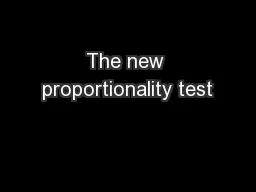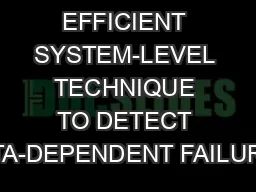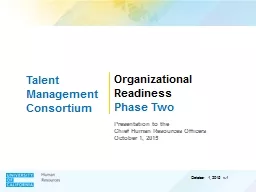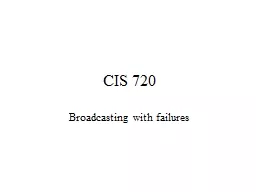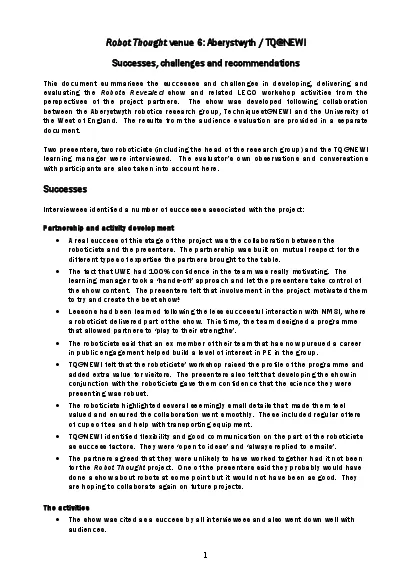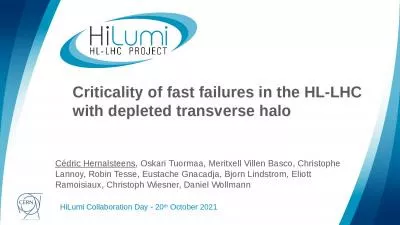PPT-Successes, failures, new features, and plans for the future
Author : min-jolicoeur | Published Date : 2016-07-02
William Strecker Kellogg Condor at the RACF 1 Upgrade to 76x Move to 764 done in October timeframe for RHIC experiments Everything went better than expected 766
Presentation Embed Code
Download Presentation
Download Presentation The PPT/PDF document "Successes, failures, new features, and p..." is the property of its rightful owner. Permission is granted to download and print the materials on this website for personal, non-commercial use only, and to display it on your personal computer provided you do not modify the materials and that you retain all copyright notices contained in the materials. By downloading content from our website, you accept the terms of this agreement.
Successes, failures, new features, and plans for the future: Transcript
Download Rules Of Document
"Successes, failures, new features, and plans for the future"The content belongs to its owner. You may download and print it for personal use, without modification, and keep all copyright notices. By downloading, you agree to these terms.
Related Documents


